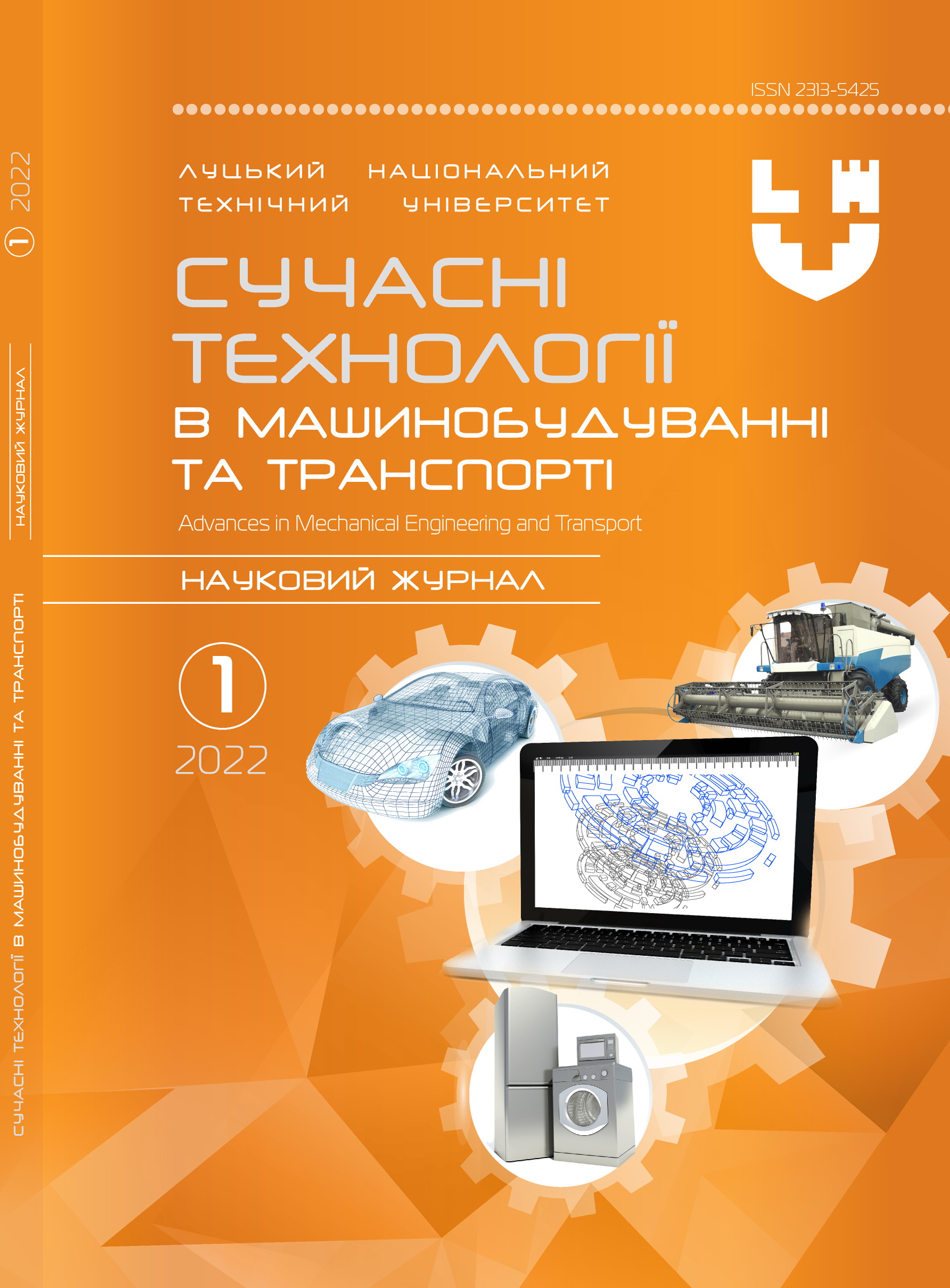To determination of stability movement three-link road trains
Abstract
The modern development of public and freight transport leads to an increase in the demand for freight vehicles of large cities and city buses. This trend substantiates the arguments of energy saving and reduction of environmental pollution due to the limited number of vehicles and drivers needed to transport a large number of goods and people. As a result, truck and city bus manufacturers are currently designing large-capacity structures in the form of joint and multi-link, usually three-link vehicles. Swivel hinges make long vehicles versatile and allow you to maneuver quickly even in a busy urban environment.
The use of buses with passenger trailers allows to reduce economic and environmental costs by using the bus with a trailer during peak hours, and the same bus without a trailer during peak hours. That is, buses with a trailer can give what can not give the same capacity articulated buses. However, the stability of multi-link road trains has not yet been fully resolved. Therefore, the aim of the work is to determine the stability of the three-link bus train in the bus + trailer link on the semi-trailer scheme + trailer link on the trailer scheme.
For this purpose, a spatial model of the bus train movement was developed, which allowed to determine the parameters of stability in different modes of movement. It is shown that the stability of the road train when performing maneuvers "shift" and "jerk of the steering wheel" at a speed of 10 m / s is not provided and to ensure it is necessary to reduce the speed of the road train to 8.5 m / s. The critical speed of rectilinear movement of a bus train was determined to be 30.25 m / s, which exceeds the maximum allowed speed even in the BRT system, which may indicate the feasibility of creating such a bus train.
Key words: bus, trailer, stability, speed, maneuver, mathematical model.




